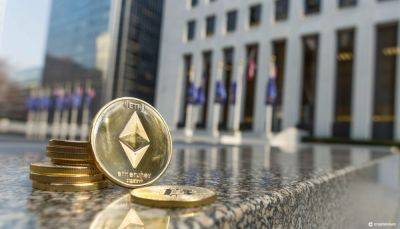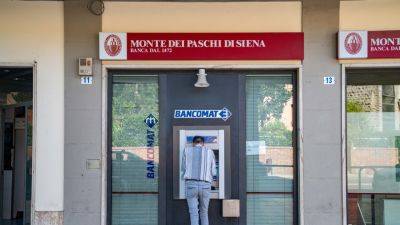Bitcoin Mining Profitability Bounced Back In June: Jefferies Report
According to a Monday research report from investment bank Jefferies, Bitcoin miners experienced a slight reprieve in June as Bitcoin’s price increased by 2% and the total Bitcoin hashrate decreased by 5%.
This followed a challenging May, during which Bitcoin mining profitability reached an all-time low due to Bitcoin price pressures and intense industry competition.
“June marked a period of modest recovery from the halving’s immediate impacts, most evident in May,” wrote analyst Jonathan Petersen.
As of July 6, Bitcoin’s total hashrate stood at 573 exahashes per second (EH/s), with one exahash equaling one quintillion hashes, according to Blockchain.com.
Hashrate is a proxy for competition in mining, where a higher total hashrate means less profitability for individual mining businesses.
Other profitability factors include the amount of Bitcoin miners are earning, and the market price of BTC itself at the time.
The interplay of these factors significantly influences the profitability of Bitcoin mining operations.
On April 19, the Bitcoin network experienced its fourth halving event, reducing the minimum BTC reward per block from 6.25 BTC to 3.125 BTC.
Coupled with a price decline, this event drove Bitcoin’s “hashprice” – a key indicator of Bitcoin mining profitability – to an all-time low on May 1.
Bitcoin price now around average cost to mine Bitcoin at the halving across all miners. This is a signal we are at the bottom. pic.twitter.com/akFOVTL6Q8
— MartyParty (@martypartymusic) July 7, 2024
That said, since the hit to profitability forced many inefficient miners to go offline, more efficient players were able to capitalize on the opportunity, increasing their share of the Bitcoin mining market.
Jefferies reported that





















